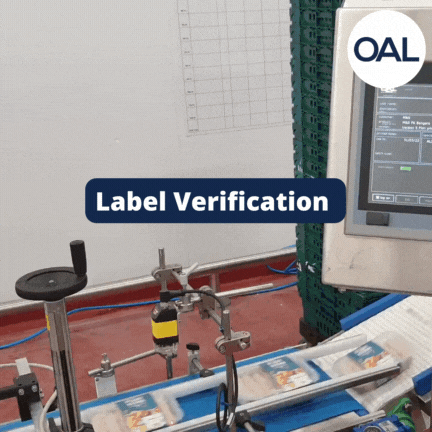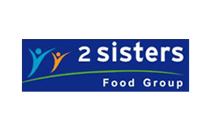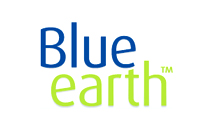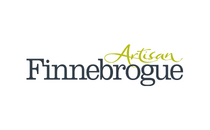Ensure Code of Practice Compliance with Confidence
Take control of your food manufacturing operations with OAL’s proven solutions for Autocoding and Label Verification
Compliance is non-negotiable
We provide the systems and support you need to meet retailers’ standards for Autocoding and Label Verification.
The challenge:
Mandatory Autocoding for compliance
Most retailer codes of practice require food manufacturers to implement an Autocoding and Label Verification system. This is not just a recommendation—it’s essential for ensuring safety, accuracy and trust. Yet, compliance can be challenging:
Risk of human error: Manual processes lead to mistakes that can result in product recalls or fines.
Increased complexity: Managing compliance across multiple products and lines is time-consuming and resource-intensive.
Strict retailer standards: Non-compliance jeopardises your relationship with your customers.
The OAL solution:
“Simple, reliable and proven”
OAL offers a seamless solution tailored to ensure your compliance:
Autocoding technology: Real-time data validation to eliminate labelling errors before they occur.
Label Verification: Fully automated systems detect discrepancies with unmatched accuracy.
Streamlined integration: Our systems are easy to implement and adapt to your existing production lines.
End-to-end support: From consultation to training and technical assistance, we’re with you every step of the way.
Why OAL’s solution is the industry standard?
Comprehensive features for seamless compliance
Online label verification
Verifies every label to prevent errors
Seamless integration
Easily integrates with your existing production lines, minimising downtime
User-friendly interface
Simplifies operations with intuitive controls and dashboards
Custom reporting tools
Provides accurate compliance reports for audits and internal reviews
See our system in action:
Secure access
Control system access with user management and hierarchy
Comprehensive training
Our in-house trainers onboard your engineering, operations and technical teams
Why leading food manufacturers trust OAL?
Your partner in compliance, efficiency and growth
“Without a doubt I would recommend OAL to other manufacturers […] this system is the failsafe.”
Trusted By:
“I’ve been very impressed with the OAL system, it’s really been a game-changer for us. What was originally brought in to prevent product recalls has now become an invaluable tool to improve our production efficiency.”



















